Tiananmen Square parade shows off latest military hardware
Chinese President Xi Jinping warned the world was facing a choice between peace or war at a massive military parade in Beijing on Wednesday, flanked by Russia’s Vladimir Putin and North Korea’s Kim Jong Un in an unprecedented show of force.
The event to mark 80 years since Japan’s defeat at the end of World War Two was largely shunned by Western leaders, with Putin and Kim – pariahs in the West due to the Ukraine war and Kim’s nuclear ambitions – the guests of honour.
Designed to project China’s military might and diplomatic clout, it also comes as U.S. President Donald Trump’s tariffs and volatile policymaking strain its relations with allies and rivals alike.
“Today, mankind is faced with the choice of peace or war, dialogue or confrontation, win-win or zero-sum,” Xi told a crowd of more than 50,000 spectators at Tiananmen Square, adding that the Chinese people “firmly stand on the right side of history”.
What weapons were put on display
Here are some of the weapons China’s People’s Liberation Army put on rare public display in a show of its growing prowess:
MISSILES:
China unveiled nuclear-capable missiles that can be launched from sea, land and air together, the first time it has shown off its “triad” of nuclear-ready capabilities.
Those included the air-based, long-range missile Jinglei-1, the submarine-launched intercontinental missile Julang-3 and land-based intercontinental missiles Dongfeng-61 (DF-61) and Dongfeng-31 – weapons that are China’s strategic “ace” power to safeguard the country’s sovereignty and dignity, Xinhua reported.
The Dongfeng-5C (DF-5C) shown on Wednesday is the latest version of a missile programme China began in the 1970s. The missile is liquid-fuelled and capable of releasing multiple, independent warheads on a single target.
The parade featured hypersonic anti-ship missiles that China has previously tested against mockups of U.S. aircraft carriers. Those included the Yingji-19, Yingji-17 and Yingji-20.
Other missiles featured included cruise missiles – the Changjian-20A, Yingji-18C, Changjian-1000 – and other hypersonic missiles the Yingji-21, Dongfeng-17 and Dongfeng-26D with what China’s state media said were equipped with “all-weather combat capabilities”.
LASER WEAPONS
China has been developing laser weapons as a defence against drone attacks. The full range of its anti-drone systems on display at the parade included a missile gun, high-energy laser weapons and high-power microwave weapons.
State media said that represented a “triad” in the People’s Liberation Army’s anti-drone systems.
DRONES:
China showed off drones that can operate underwater and in the air, including drones that could be used for reconnaissance and to strike targets. It also featured unmanned helicopters designed to be launched from ships.
The sea-based systems included submarines, surface vessels and a mine-laying system.
Riding in an open-top limousine, Xi then inspected the troops and cutting-edge military equipment such as hypersonic missiles, underwater drones and a weaponised ‘robot wolf’.
Helicopters trailing large banners and fighter jets flew in formation during a 70-minute showcase that culminated in the release of 80,000 ‘peace’ birds.
Donning a tunic suit in the style worn by former leader Mao Zedong, Xi earlier greeted more than 25 leaders on the red carpet, including Indonesia’s Prabowo Subianto who made a surprise appearance despite widespread protests at home.
Seated between Putin and Kim in the viewing gallery, Xi repeatedly engaged in conversations with both leaders as thousands of troops and materiel paraded before them. It marked the first time the trio have appeared together in public.
Putin later thanked his North Korean counterpart for his soldiers’ courageous fighting in the war in Ukraine during a bilateral meeting at China’s State Guesthouse. Kim said he was willing to do everything he can to help Russia.
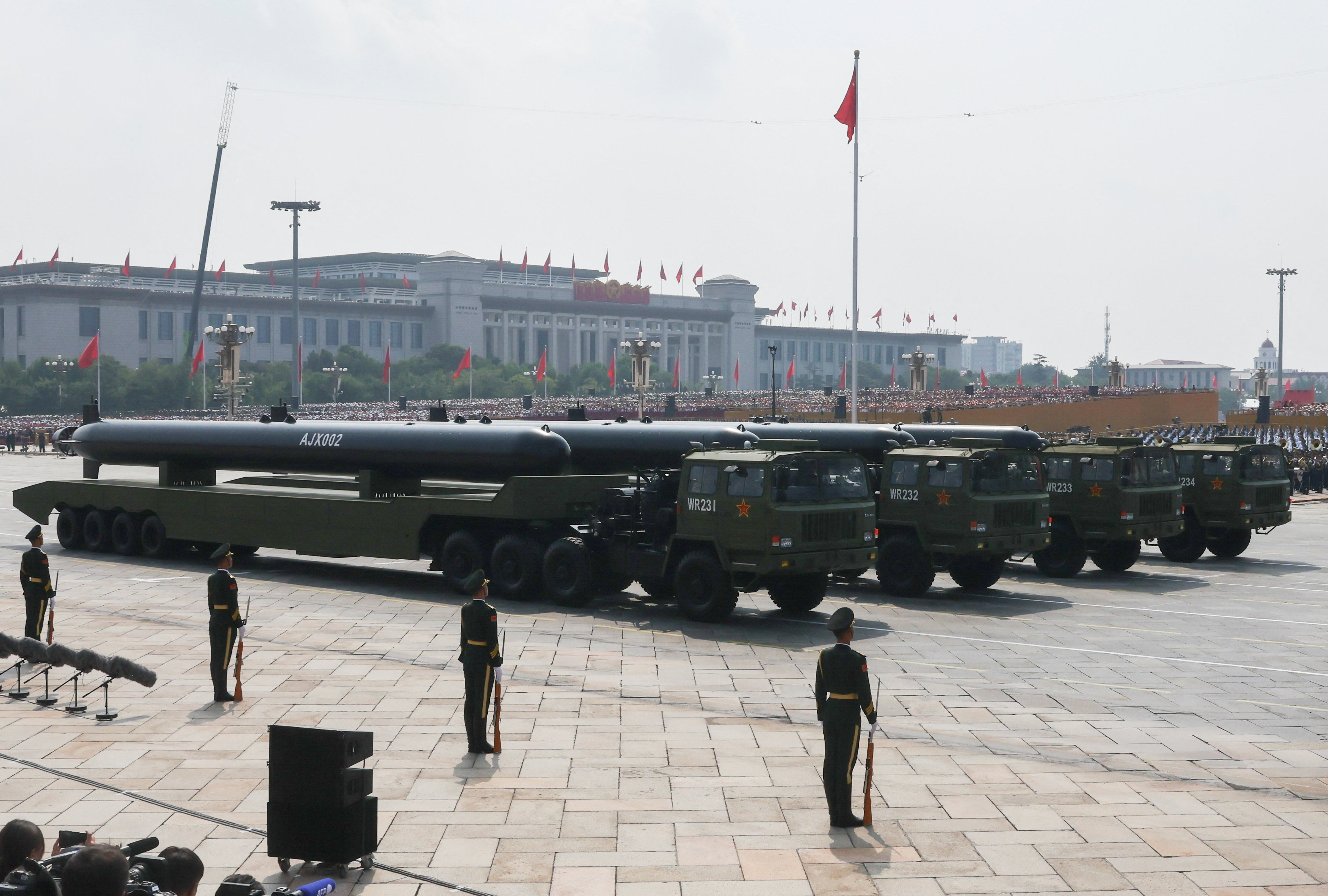
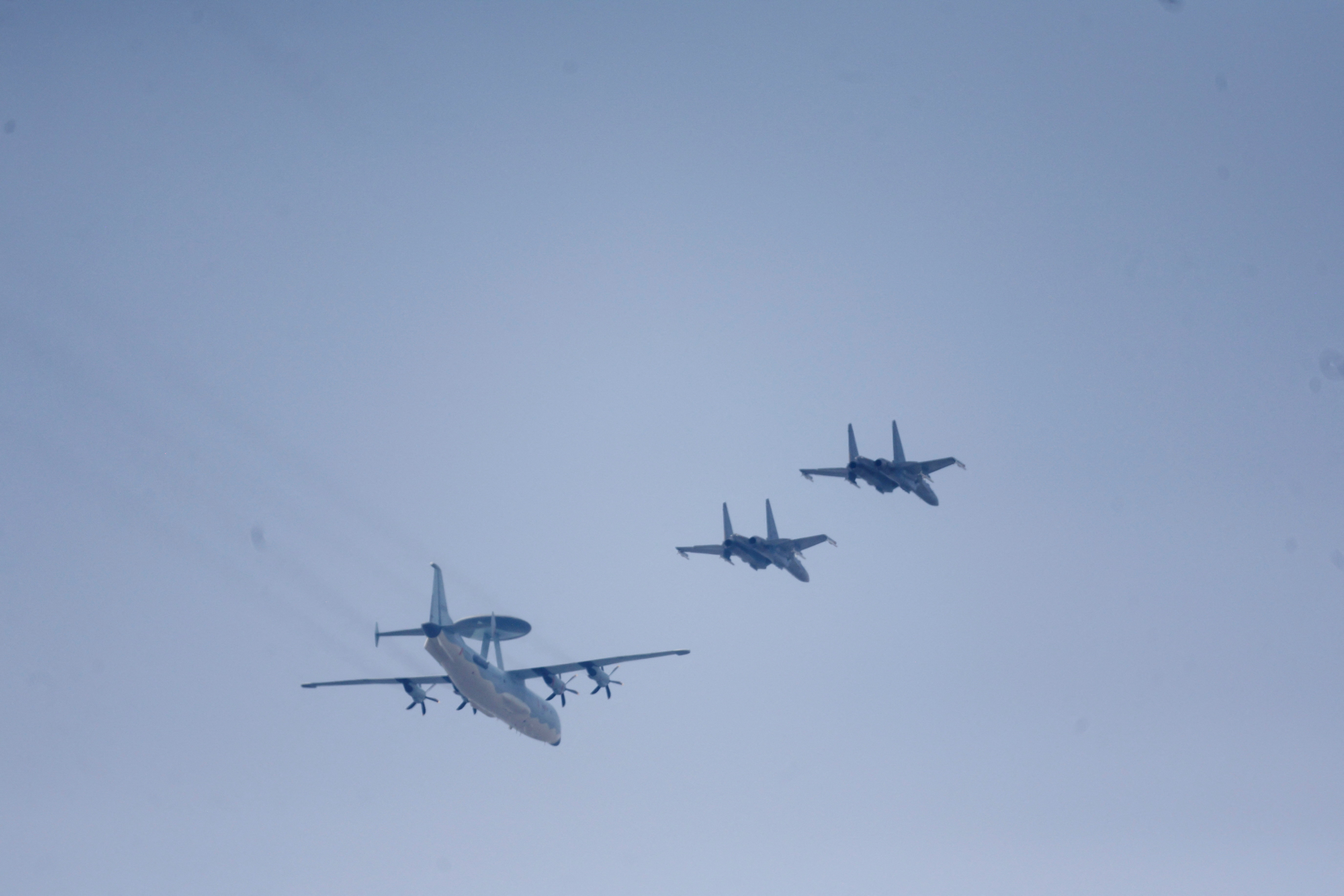
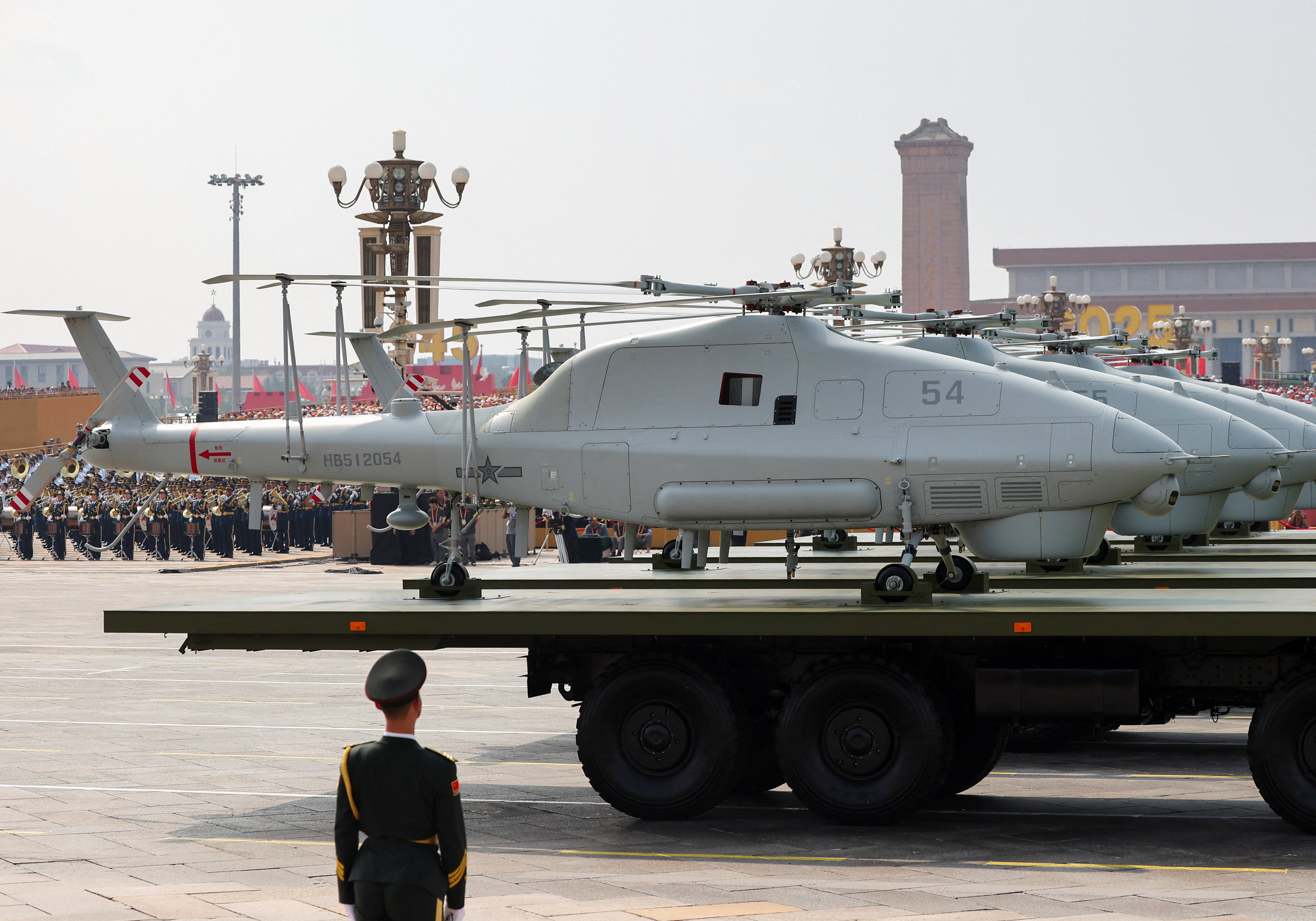
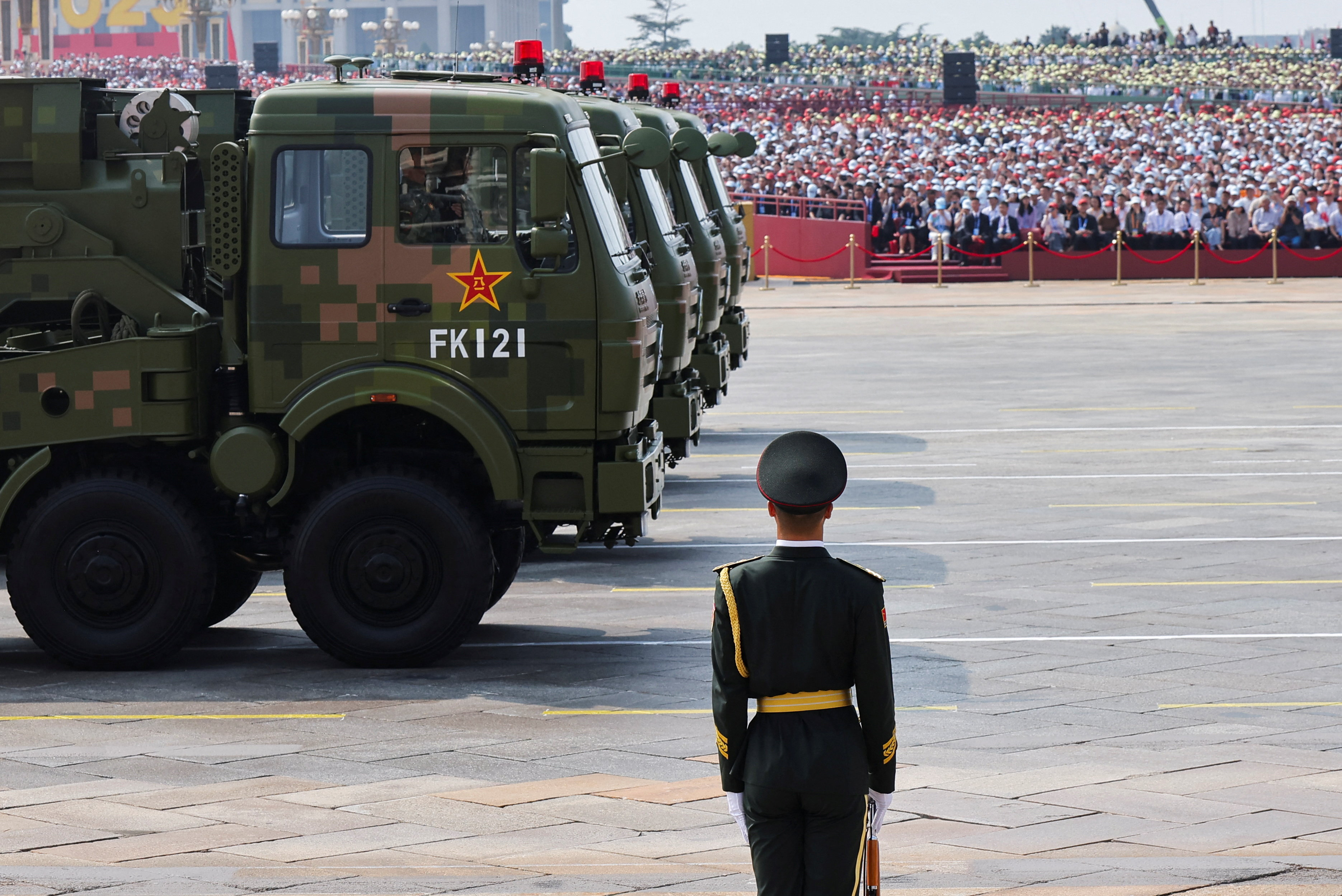
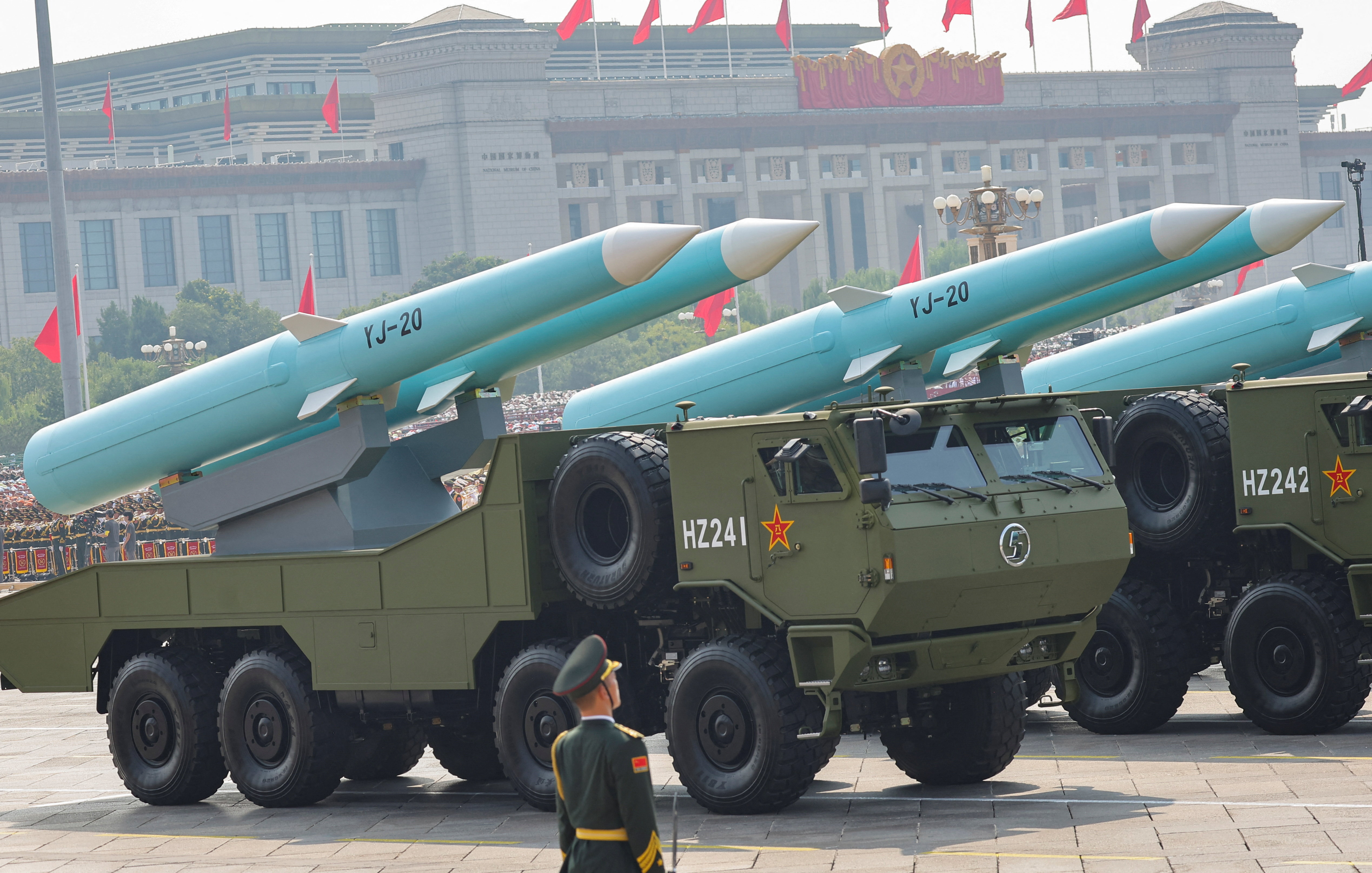
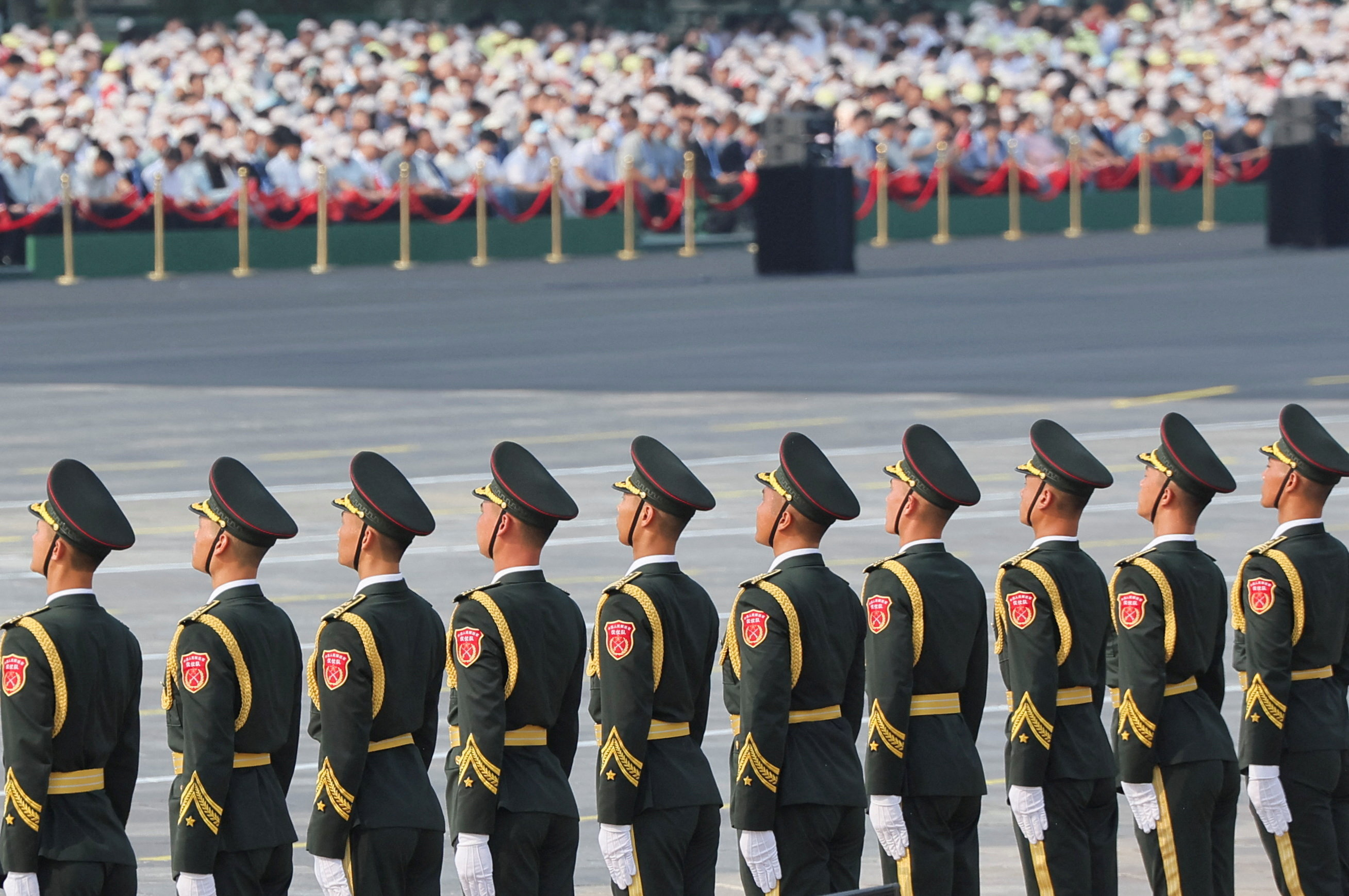
“Please give my warmest regards to Vladimir Putin, and Kim Jong Un, as you conspire against the United States of America,” Trump said in a post directed at Xi on Truth Social, as the event kicked off. He also highlighted the U.S. role in helping China secure its freedom from Japan during World War Two.
Trump had earlier told reporters he did not see the parade as a challenge to the United States. Japan’s top government spokesperson declined to comment on the parade, adding Asia’s top two economies were building “constructive relations”.
Democratically governed Taiwan, which China considers its own, has urged its people not to attend the parade, warning that attendance could reinforce Beijing’s territorial claims. Taiwan does not commemorate peace with a barrel of a gun, its President Lai Ching-te said on Wednesday in pointed criticism of the event.
VISION FOR NEW GLOBAL ORDER
Xi has cast World War Two as a major turning point in the “great rejuvenation of the Chinese nation”, in which it overcame the humiliation of Japan’s invasion to become a global powerhouse.
Earlier this week, Xi unveiled his vision of a new world order at a regional security summit, calling for unity against “hegemonism and power politics”, a thinly veiled swipe at his rival across the Pacific Ocean.
“Xi feels confident that the table has turned. It’s China that is back in the driver’s seat now,” said Wen-Ti Sung, fellow at the Atlantic Council’s Global China Hub, based in Taiwan.
“It’s been Trumpian unilateralism rather than China’s wolf warrior diplomacy when people talk about the leading source of uncertainty in the international system.”
At a lavish reception after the parade at the Great Hall of the People, Xi told his guests that humanity must not return to the “law of the jungle”.
Beyond the pomp and propaganda, analysts are watching whether Xi, Putin and Kim may signal closer defence relations following a pact signed by Russia and North Korea in June 2024, and a similar alliance between Beijing and Pyongyang, an outcome that may alter the military calculus in the Asia-Pacific region.
Putin has already sealed deeper energy deals with Beijing during his China visit, while the gathering has given the reclusive Kim an opportunity to gain implicit support for his banned nuclear weapons.
It has been 66 years since a North Korean leader last attended a Chinese military parade.
Kim travelled to Beijing with his daughter Ju Ae, whom South Korean intelligence consider his most likely successor, although she was not seen alongside him at the parade.

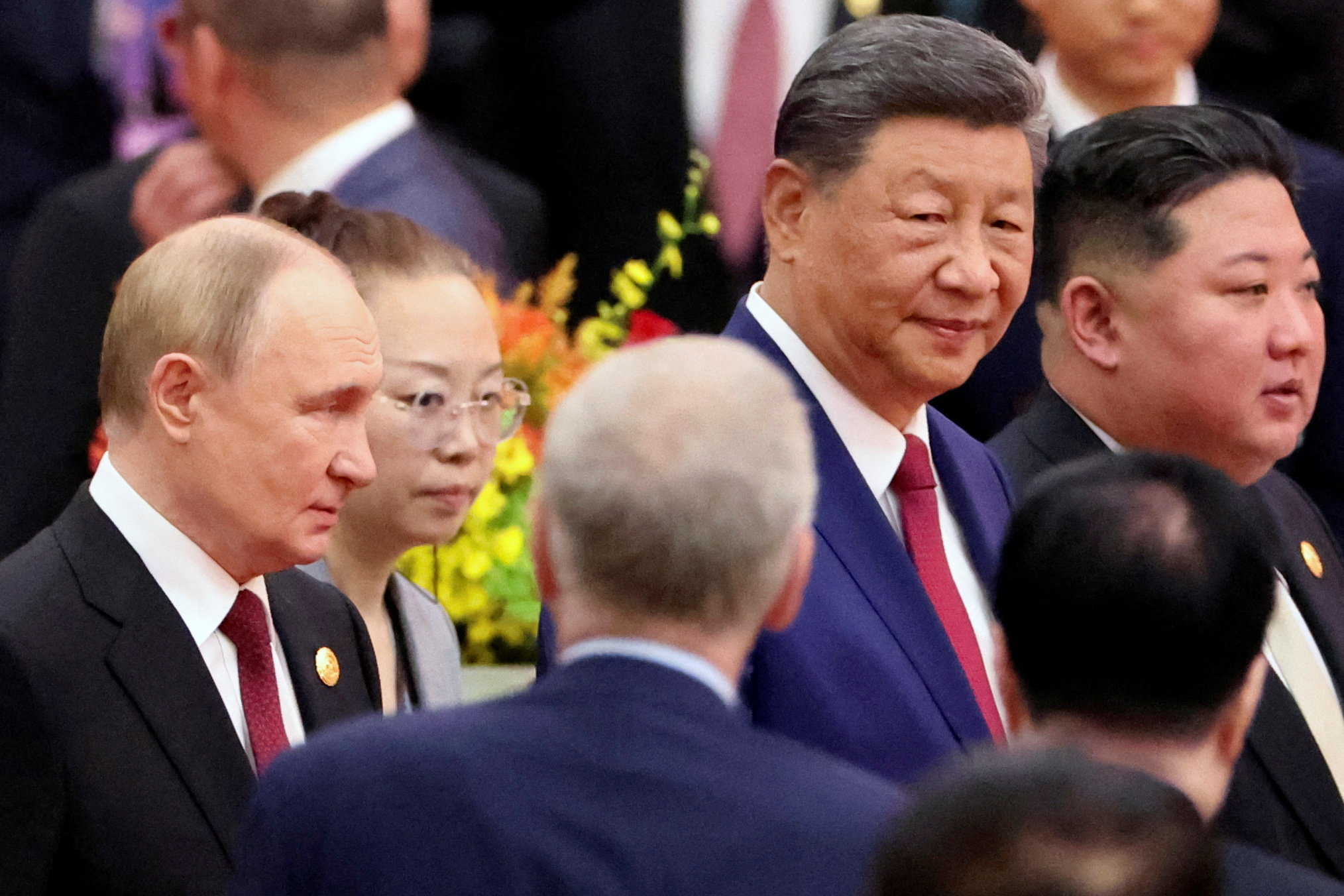
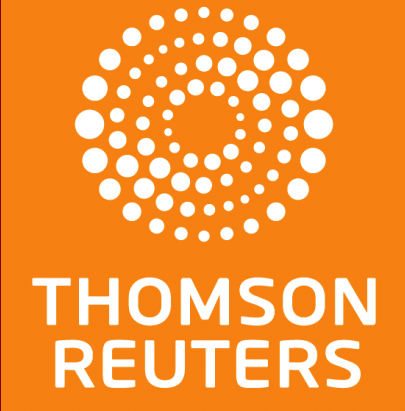
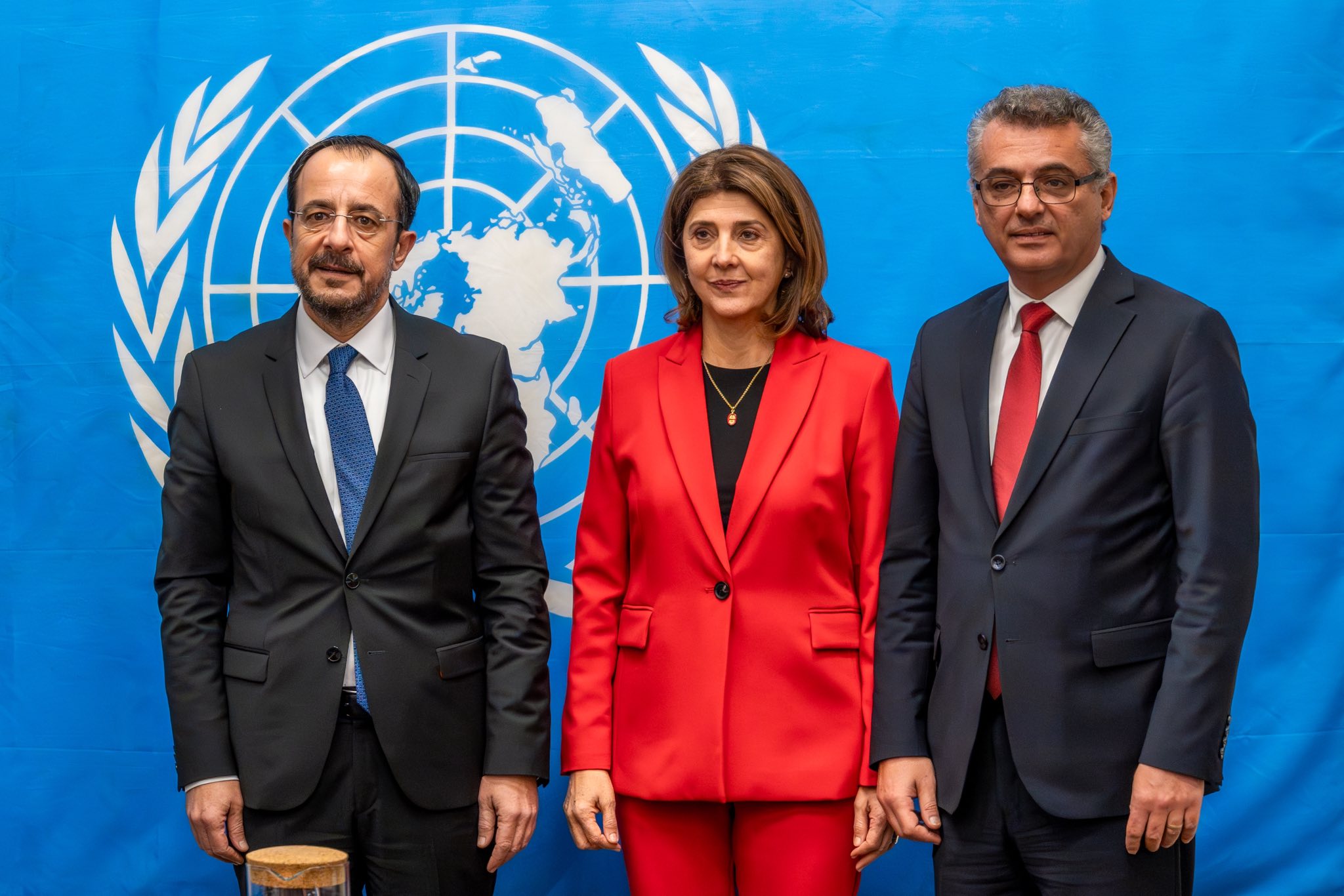


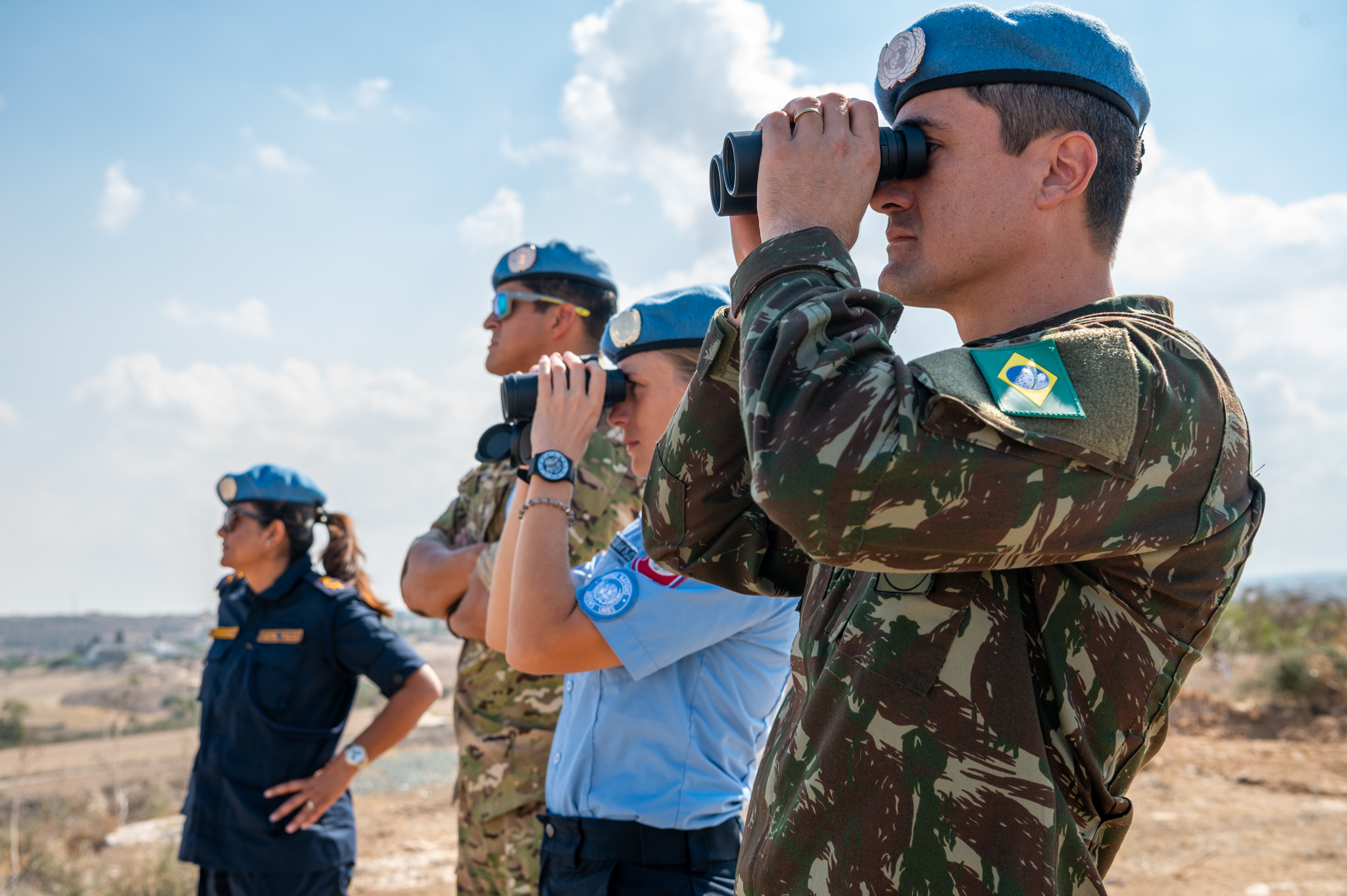
Click here to change your cookie preferences